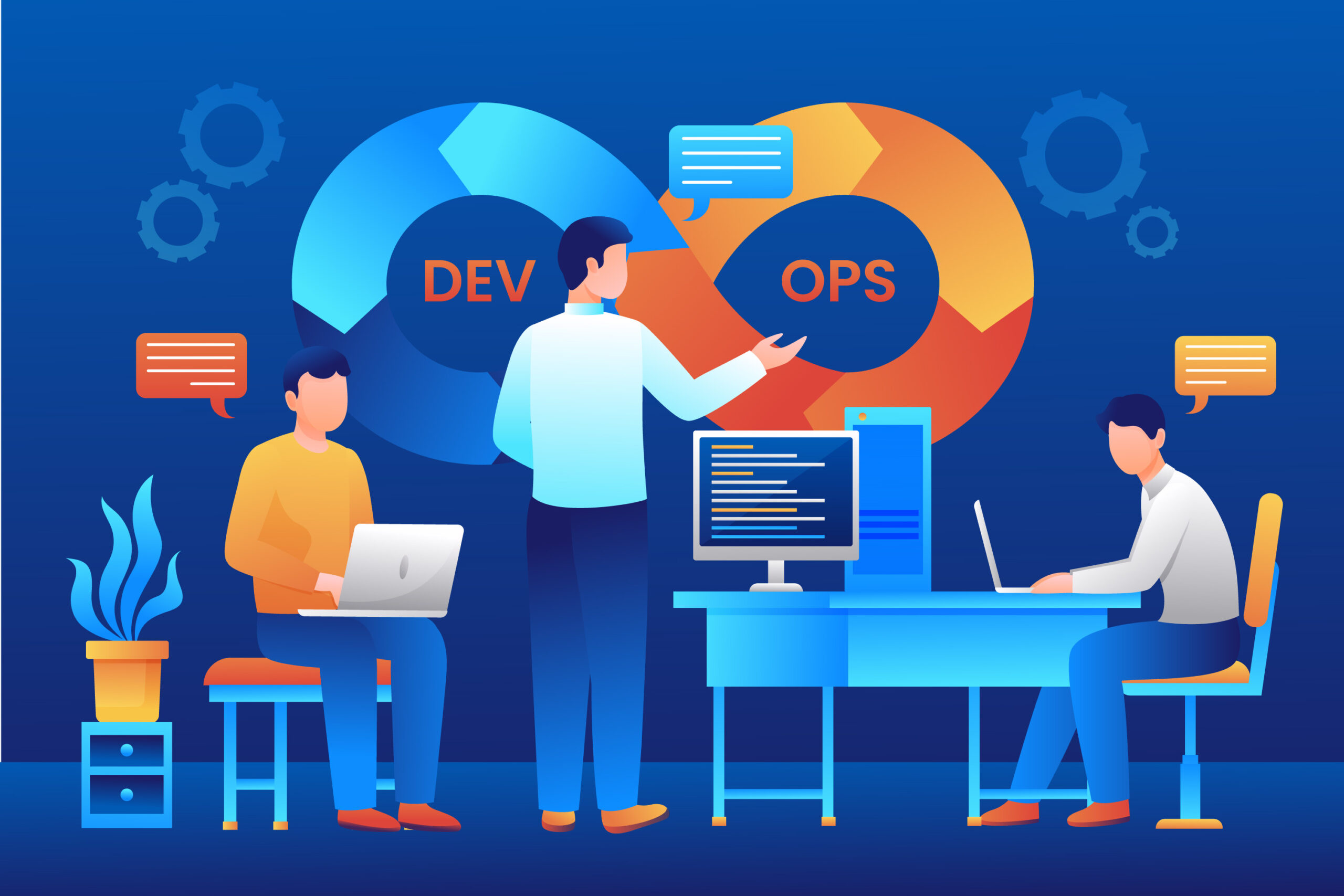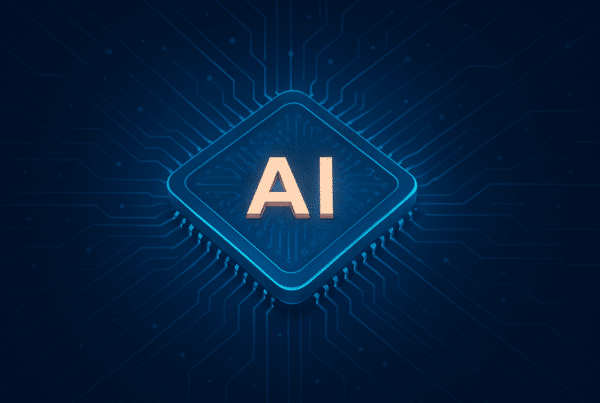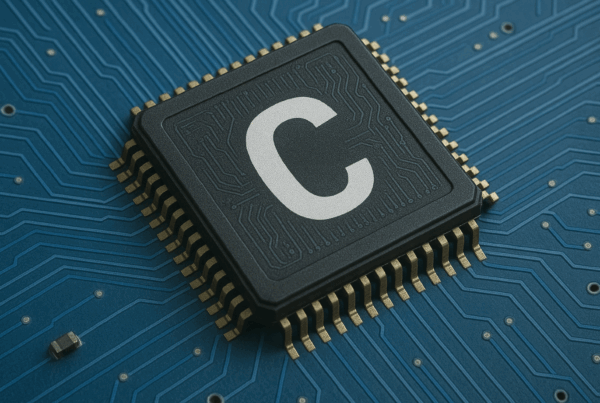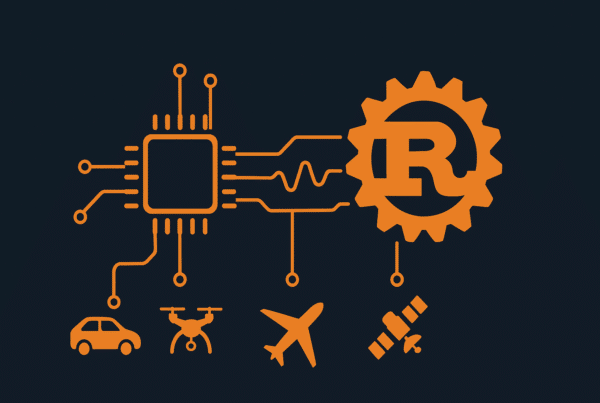CI/CD Isn’t Just for the Cloud: Embedded DevOps in 2025
CI/CD has moved well beyond cloud native applications and into the heart of embedded systems development. From smart meters to industrial robots, connected devices now face the same pressures as online services: rapid releases, strong security, and minimal downtime. The challenge is that these “servers” are scattered across the globe, sealed inside housings, running on tight hardware budgets, and sometimes sitting in hard-to-reach locations.
Why Embedded DevOps Matters Now
Three big shifts are pushing embedded teams toward DevOps:
Regulatory Pressure: The EU Cyber Resilience Act (adopted October 2024) will require manufacturers to prove secure development practices, including regular security updates and traceable build pipelines.
Tooling Maturity: Modern CI/CD platforms now support hardware in the loop (HIL) testing, simulation-first workflows, and cross compilation without fragile, custom scripts.
Massive Device Fleets: Updating thousands of deployed devices manually is already painful. Updating millions is impossible without automation. The U.S. Cyber Trust Mark program (based on NIST criteria, led by the FCC) underscores this shift toward continuous, provable updates.
What Makes Embedded CI/CD Different
While the DevOps mindset is shared across industries, embedded development brings unique challenges:
| Cloud CI/CD | Embedded CI/CD in 2025 |
| Instant redeploy to servers | OTA updates over slow or intermittent links |
| Uniform build environment | Multiple MCU families, board revisions |
| Simple rollback | Secure boot + backup firmware image required |
| No hard resource limits | Tight RAM/flash, real time constraints |
A good embedded DevOps pipeline is designed to handle hardware variability, intermittent connectivity, and safety-critical scenarios.
Key Innovations and Toolchain Shifts in Embedded DevOps
Embedded DevOps in 2025 borrows ideas from the cloud but adapts them to tight hardware and connectivity limits.
Testing has moved from “infinite servers” to simulation-first workflows with Renode and QEMU, backed by hardware in the loop (HIL) labs that flash, test, and power cycle real devices. Cloud teams talk about server farms; embedded teams now manage automated device labs.
Deployment has shifted from instant rollbacks to secure OTA frameworks like Mender, RAUC, and SWUpdate. These handle cryptographic signing, rollback images, and delta updates for bandwidth-limited devices, essentially the embedded counterpart to Kubernetes orchestration.
Security is pushed earlier in the pipeline with MISRA C++:2023 checks, static analysis, fuzzing, and SBOM generation. Instead of container scans, compliance and safety dominate.
Observability also looks different. Rather than dashboards of server metrics, embedded teams rely on device telemetry: crash dumps, error logs, and performance counters, streamed from the field into platforms like Memfault or custom MQTT pipelines.
In short, the principles of DevOps are the same, but the tools and priorities are reshaped for hardware reality.
What’s Next
Over the next few years, expect:
WebAssembly at the edge for sandboxed updates: Running untrusted or experimental code inside a WASM sandbox allows updates to be distributed more safely, without risking the stability of the main firmware. This makes partial rollouts and third-party extensions far more practical on constrained devices.
Predictive maintenance pipelines fed by device telemetry: As fleets grow, real-time data from deployed devices will drive machine learning models that can detect early signs of failure. This does not just reduce downtime; it also turns telemetry into a business advantage, enabling proactive service and cutting warranty costs.
Energy-efficient CI labs for greener continuous testing: Hardware test farms consume significant energy when running 24/7. Expect smarter power cycling, workload scheduling, and low-power rigs that cut operational costs and align with corporate sustainability goals, something increasingly demanded by regulators and customers alike.
What do you think?
As embedded DevOps takes shape, what do you see as the biggest challenge or opportunity for bringing cloud-style agility into the world of constrained devices?
Want to explore how embedded DevOps can accelerate your projects in 2025? Reach out to Luiza at luiza@akkar.com to start the conversation.







